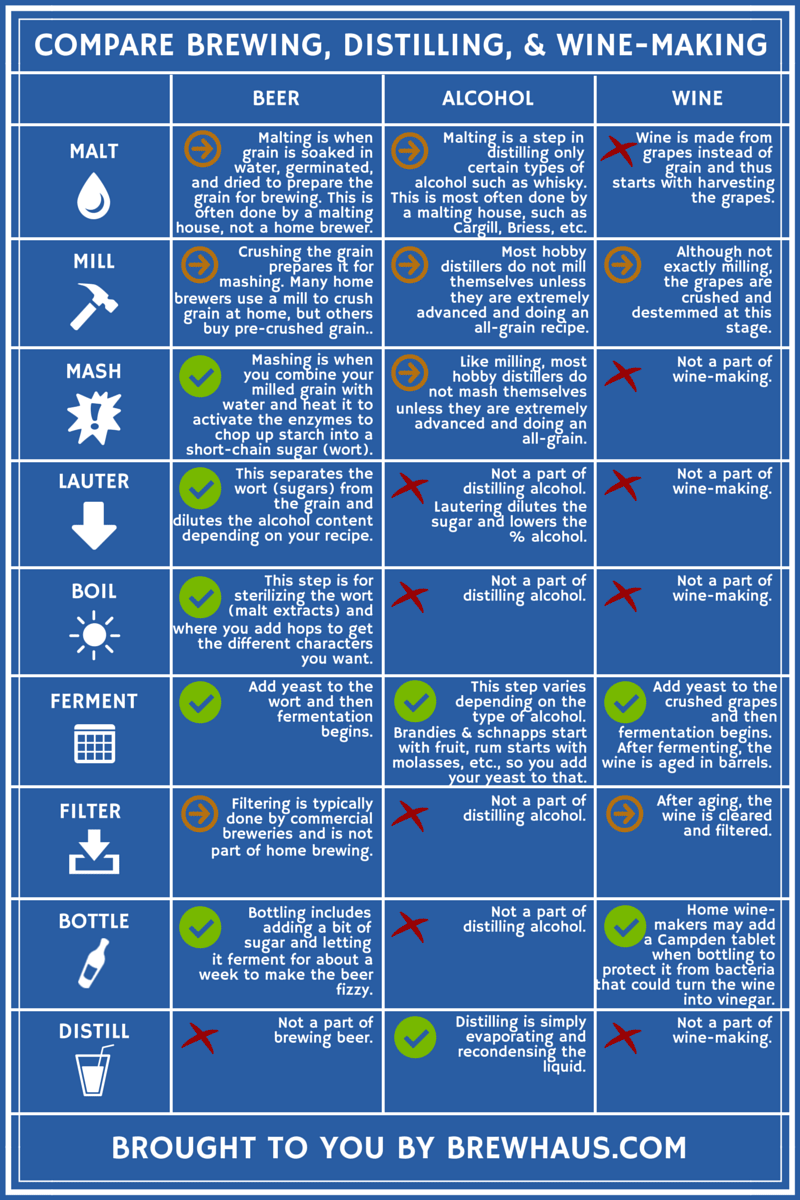Mastering the Craft of Distillation: a Deep Study Distillery Traditions
Checking out the elaborate art of distillation unveils a globe steeped in classic traditions that have formed the spirits we delight in today. From the old origins of purification methods to the modern development of distillery equipment, each action in the procedure brings with it an abundant tapestry of history and competence. As we explore the fragile balance of traditional versus modern-day distilling techniques and reveal the importance of key components, a much deeper understanding emerges of the profound effect distillery practices have on the spirits we relish.
Origins of Purification Techniques
The growth of purification methods has a rich background that traces back to old people. The beginnings of distillation can be connected to early human beings such as the Mesopotamians, Egyptians, and Greeks. These old societies made use of primary distillation methods for perfumery, medicine, and producing liquors. The concept of dividing components based on their different boiling points laid the foundation for the advanced distillation procedures we have today.
The earliest proof of purification days back to around 3000 BC in Mesopotamia, where clay pots were made use of to boil down fragrances and fragrant oils. The Egyptians further progressed these strategies, utilizing distillation for embalming methods and medical functions. The Greeks, especially numbers like Aristotle and Hippocrates, added to the academic understanding of purification.
With time, purification spread to regions like India, China, and the Center East, each culture including its special touch to the craft. The evolution of distillation strategies proceeded through the Center Ages and the Renaissance, at some point leading to the varied variety of distillation procedures employed in modern-day distilleries worldwide.
Development of Distillery Tools

With improvements in modern technology and a deeper understanding of the distillation process, modern-day distilleries currently use a variety of sophisticated devices to produce spirits of the best quality. Today, distillation devices includes column stills, reflux stills, and crossbreed stills, each created to deal with particular distillation requirements. These contemporary stills provide better temperature level law, boosted purification accuracy, and higher effectiveness in dividing alcohol from pollutants.
In addition to stills, distilleries currently use innovative condensers, fermenters, and filtering systems to more fine-tune the extract. The evolution of distillery tools remains to play an essential duty in forming the diverse variety of spirits available in the market today.
Standard Vs. Modern Distilling Practices
In examining distilling methods, the comparison in between conventional and modern techniques reveals my sources considerable advancements why not try this out in effectiveness and quality. Traditional distilling practices typically involve classic techniques passed down via generations, stressing workmanship and artisanship (Galveston Whiskey). These approaches typically rely upon copper pot stills and manual processes that call for a high level of skill and experience from the distillers. Conversely, modern distilling techniques utilize sophisticated innovation and development to enhance manufacturing processes and improve consistency. Automated systems, digital controls, and modern tools make it possible for contemporary distilleries to create spirits a lot more effectively and with better accuracy.
While standard distilling practices are treasured for their heritage and the special flavors they generate, contemporary methods supply advantages in regards to scalability, top quality control, and sustainability. By including scientific developments and contemporary engineering, distillers can optimize manufacturing, lower waste, and fulfill the needs of today's market better. Inevitably, the selection between modern and standard distilling methods commonly depends upon the distillery's objectives, values, and target market.
Key Components in Distillation Refine
Within the craft of distillation, the choice of crucial ingredients plays a vital duty in determining the taste profile and top quality of the spirits produced. The main components made use of in the purification process are typically water, yeast, and a fermentable resource such as grains, fruits, or sugarcane.
Water is a basic element as it not only waters down the alcohol content to a palatable level but likewise influences the total mouthfeel and structure of the spirit. The high quality and mineral material of the water utilized can substantially influence the last product.
Yeast is another vital ingredient that transforms the sugars present in the fermentable resource into alcohol with the procedure of fermentation. Various strains of yeast can create differing aromas and flavors, adding to the special qualities of the spirit.

Effect of Distillery Traditions on Spirits
The impact of longstanding distillery traditions on spirits extends past the selection of essential active ingredients, forming the extremely significance and character of the last distilled products (Galveston Whiskey). These traditions, gave through generations, play a vital function in specifying the distinct preference profiles and high qualities that distinguish one spirit from one more
Distillery practices encompass a large range of methods, from the certain techniques utilized in purification to the choice old procedures employed. The usage of typical copper pot stills in whiskey production is thought to present certain flavors and attributes that are very valued by connoisseurs. The aging of spirits in oak barrels, a technique deeply rooted in distilling practices, contributes to the advancement of complicated scents and tastes over time.
:max_bytes(150000):strip_icc()/LQR_Edit-JapaneseBeers_Facebook-1200x628-2e333b912b254fe1bb2fe9c5987dc1cd.jpg)
Verdict
From the beginnings of purification strategies to the modern-day techniques, the influence of distillery practices on spirits is obvious. Distillery practices play a vital role in shaping the spirits sector and maintaining the heritage of purification techniques.
Throughout the background of purification, the devices utilized in distilleries has undergone significant evolution to enhance efficiency and top quality of the purification procedure.With improvements in innovation and a deeper understanding of the distillation procedure, modern-day distilleries now utilize a variety of innovative tools to produce spirits of the highest top quality. Today, purification equipment consists of column stills, reflux stills, and crossbreed stills, each developed to cater to details purification requirements. From the origins of purification methods to the modern techniques, the effect of distillery traditions on spirits is undeniable. Distillery customs play an important role in forming the spirits industry and maintaining the heritage of purification practices.